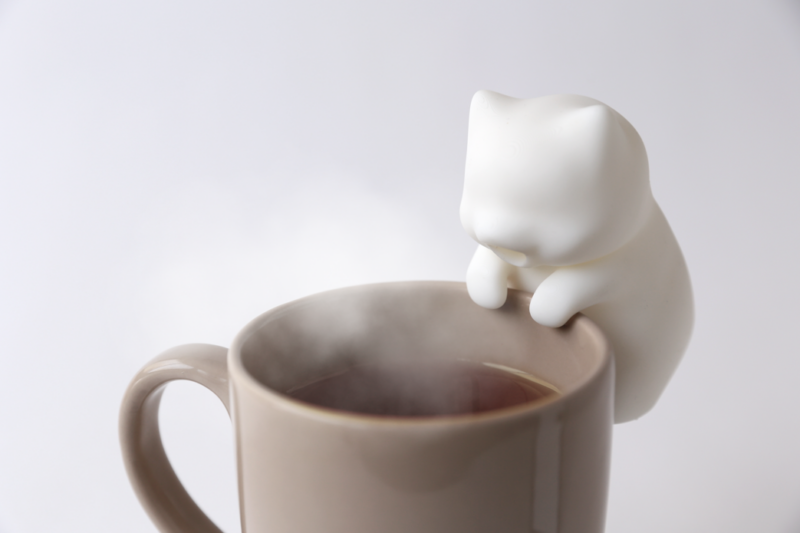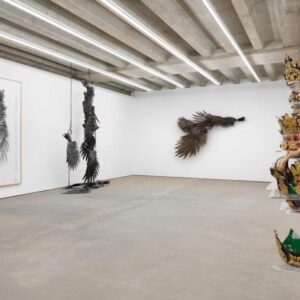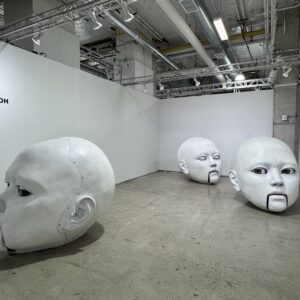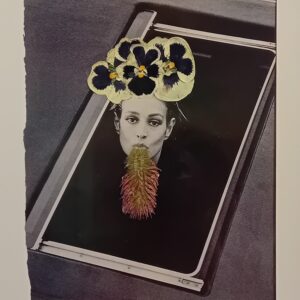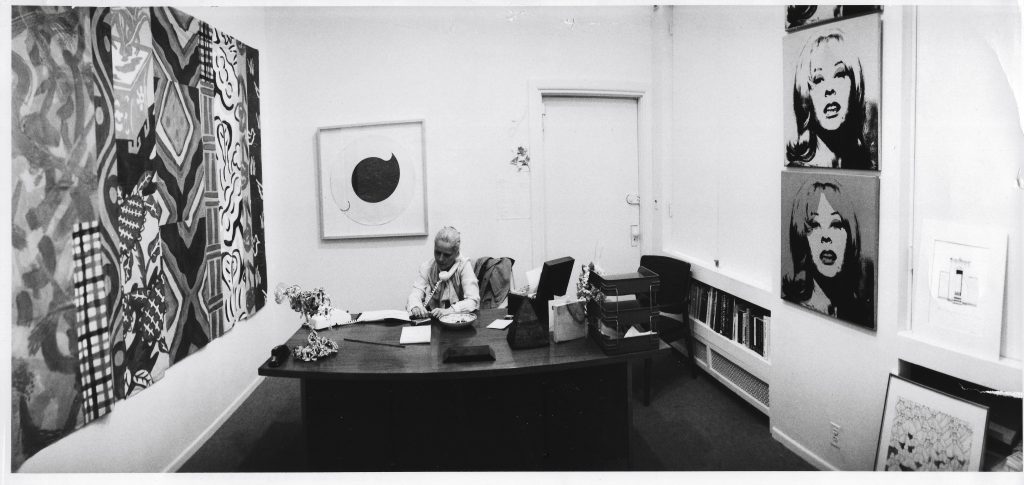
With burnout now officially recognized by the World Health Organization as an “occupational phenomenon,” and with the prevalence of major depressive disorders tripling during the pandemic, keeping employees happy and healthy is crucial when designing a new office.
Social distancing, ventilation and measures to ensure hygiene best practices are adhered to will be important factors too. As the UK and the US welcome many former remote workers back to the office, short and long-term wellbeing, health, and productivity will be at the forefront of the people in charge of creating or redesigning offices and office layouts.
Prospect & Refuge
Early humans knew how to survive. While the dangers of modern-day life are somewhat different than those we encountered 30,000 years ago, our genetics and instincts are not. Paleolithic man would seek out living quarters that provided panoramic views of the surrounding area. These views enabled the tribes to identify prey and enemies approaching. The ideal spot to call home would also provide a good hiding place to find safety when necessary.
Modern-day humans, subconsciously, still desire peripheral views and a feeling of security in their environment. With this in mind, cubicles are terrible for health and wellbeing. Not being able to see to our left and right increases anxiety and stress. Having a more open workspace that looks into the office so that a wall is behind the employee can provide a wide field of vision and a sense of safety that enhances feelings of wellbeing and security.
To Open Plan or Not Open Plan?
For decades, the prevailing office design was to incorporate cubicles so that each employee had their own space to work within. Tech startups and creative agencies began a trend of taking away all the walls and partitions, creating open-plan spaces.
Open-plan spaces are often better for wellbeing, but they have been shown to negatively affect productivity. As social beings, people need face-to-face interactions to feel good. However, some people are more social than others, and those who have trouble with sensory gating will need access to quiet, private spaces.
If space allows, a mixture of open plan areas and quiet rooms, can provide the best design for facilitating productivity and wellbeing.
Nature is a Healer
For 99% of our time on the planet as humans, we’ve lived outdoors. When we are in nature, we feel at home. Natural light and plants have been shown to improve the mood of office workers. Plants can enhance the quality of air and can even increase productivity by around 15%
Business communications provider Moneypenny built their new office in the UK, using cathedral-style windows to make the most of the natural light and rural surroundings. The outside also features a nature trail and a pond with its very own family of ducks.
Plants also feature within the interior of the Moneypenny office. Somehow, plants can boost creativity as well as productivity. There is a theory that just looking at pictures of nature, helps our mind shift into new modes of thinking.
Large open spaces with high ceilings are perfect for creative work, while more confined spaces can be better for mathematical or critical type work. With this in mind, the ideal office could have a combination of both. Amazon’s Biodome provides a “link to nature” aimed at helping employees combat stress and enhance focus.
Having a gym is an excellent addition to any office; encouraging outdoor exercise can have additional benefits. Research shows that green exercise – exercise outdoors in a rural setting; has mental health benefits that exceed those experienced when the same activity is done indoors. The benefits of green exercise are increased when there is a river, lake, or sea nearby.
Nature is even being used to aid recovery after serious operations, with recovery suites in Massachusetts General Hospital now featuring gardens on many floors so that patients can look out upon them while they rest in bed. The gardens have been shown to enhance recovery rates, proving that nature is powerful when it comes to our health.
Color & Mood
Colors can directly impact our mood and energy levels, and pink is said to be the most calming of colors. In fact, in the past, it has been used in Police holding cells to relax those spending some time there. Much like the office walls and spaces, a variety of colors is often the best choice.
Yellow is said to help aid creativity but works better when used sparingly in larger offices. Red is used to evoke a sense of urgency. Red should be kept to a minimum, as in theory, having red walls would increase stress and conflict.
Blue has a calming effect, and lighter shades can create an open feeling. Combined with plants, blue can create a sense of nature. Blue can be combined with brown also to produce a warm, earthy feel to the environment.
